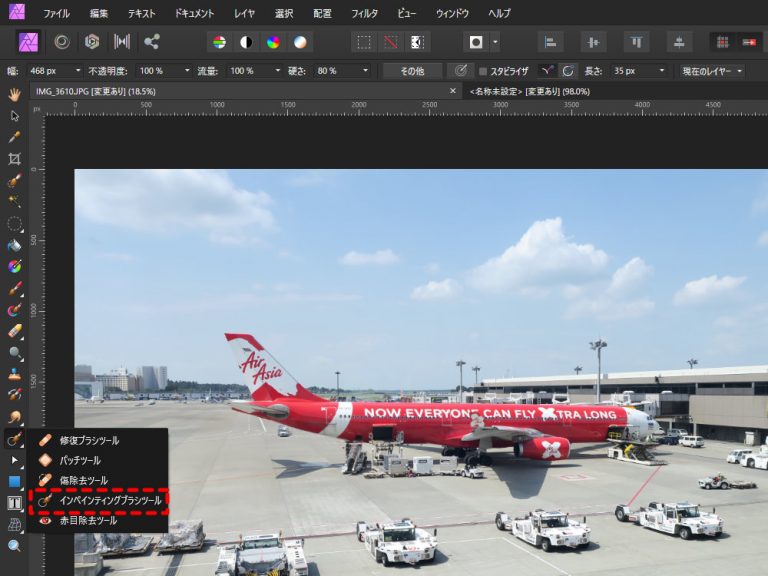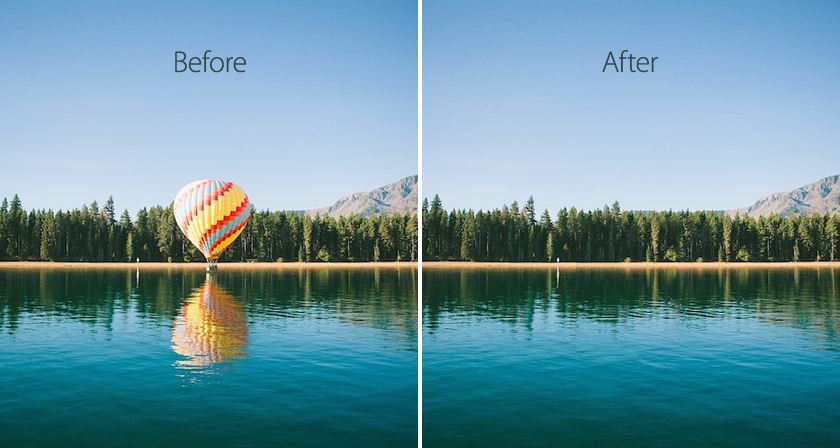

You can quickly deselect one or more objects by tapping the deselect ‘X’ button in the bottom left-hand corner. Be sure to watch the video walkthrough above to see how it’s done. You can also tap on an object to select it, or tap while using a single finger modifier to select more than one object. By default, your selection box must capture the entirety of an object before it is selected. With the Move tool selected, drag around one or more canvas objects to make a selection. A double tap on the preview window toggles between your current zoom level and zoom to fit. If you open the Navigator Studio, you’ll see zoom shortcuts, along with a preview window. Pinching in will zoom out, and pinching out will zoom in.Īlternatively, you can slide your finger on the Navigator Studio to quickly zoom in and out of the canvas. The easiest way to zoom is to simply use a pinch in or pinch out gesture. Zooming can be accomplished via several methods. To move around the canvas in Affinity Designer, use a two-finger gesture to pan around.

Studios – Advanced functionality for Affinity Designer. Toolbar – Tools that change based on the selected Persona.Ĭontext controls – Fine-grained contextual controls for each tool selected. Personas – Workspaces for various tasks (i.e Vector editing vs Raster editing). The following four areas are key elements of the Affinity workflow:
#Remove object affinity photo mac
If you’ve ever used any Affinity apps, whether on Mac or on iPad, you’ll largely know what to expect. Practice these techniques on a variety of images to become more confident in your photo editing skills.Subscribe to 9to5Mac on YouTube for more videos Whether you use the Selection Brush tool or the Background Eraser tool, removing a background in Affinity Photo can be a quick and easy way to improve your photos and designs. Once you've removed the background, you can save your image as a PNG file to preserve the transparency.įor a video tutorial on using the Background Eraser tool in Affinity Photo, you can watch this tutorial from. The tool will automatically detect edges and remove the background.Īdjust the Tolerance slider in the toolbar to make the tool more or less sensitive. Select the Background Eraser tool from the toolbar on the left.īrush around the background that you want to remove. The Background Eraser tool can be a quicker option for removing a background, but it may not be as precise as the Selection Brush tool. Method 2: Using the Background Eraser Tool Press the Delete key on your keyboard to remove the background.įor a more detailed guide on using the Selection Brush tool, you can read this guide from. Once you're happy with your selection, click Apply to apply the refinements. You can use the Smooth slider to smooth out any rough edges, the Feather slider to soften the transition between the subject and the background, and the Contrast slider to make your selection more defined. This will bring up a panel with options for refining your selection.Īdjust the sliders in the Refine panel to refine your selection. Once you have your selection, click the Refine button in the toolbar. This will subtract the background from your selection. Hold down the Option/Alt key and brush around the background that you want to remove.

Select the Selection Brush tool from the toolbar on the left.īrush around the subject or object that you want to keep in the image. You may want to duplicate the background layer before making any changes.

Here's how you can use it to remove a background: The Selection Brush tool is a powerful tool for making selections in Affinity Photo. In this article, we'll cover two methods for removing a background in Affinity Photo. Whether you're trying to create a transparent logo, isolate a subject for a new background, or simply clean up a photo, removing the background can be a key skill in photo editing.
#Remove object affinity photo how to
If you're new to Affinity Photo, you may be wondering how to remove the background from an image.


 0 kommentar(er)
0 kommentar(er)
